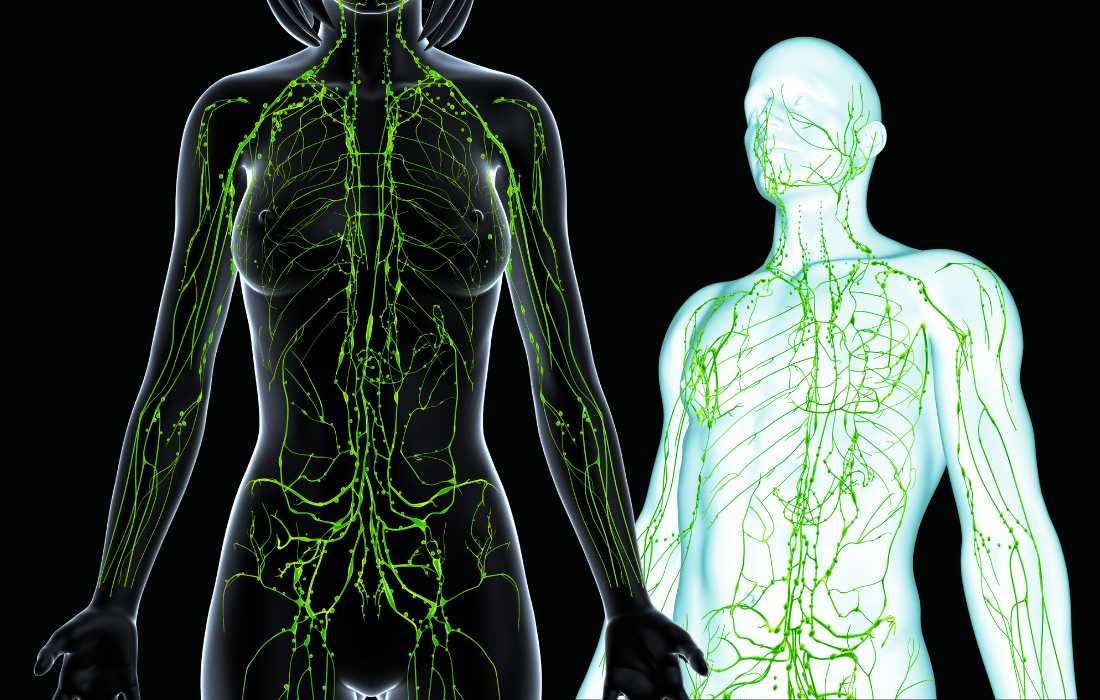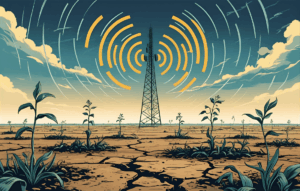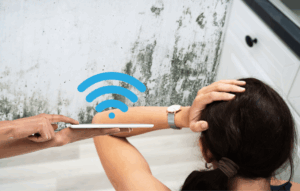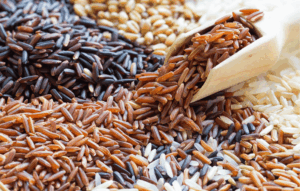Let’s be honest—most people can rattle off what the heart does. They can probably name a few things the liver is responsible for. But the lymphatic system? That’s the body’s invisible janitor. The backstage crew. The system that’s quietly working to clean up your cellular mess, balance your fluids, regulate your immune system, and move things around when no one else wants the job.
And yet… it gets almost no love.
So let’s fix that.
If you’re tired, inflamed, bloated, breaking out, or feeling “off” for reasons you can’t quite name, there’s a solid chance your lymphatic system is calling for backup. And the good news? It doesn’t take high-tech gadgets or invasive protocols to start supporting it. It just takes awareness—and a few smart moves.
Let’s dive deep.
What Is the Lymphatic System?
Think of the lymphatic system as your body’s natural sewage and recycling crew. It’s a network of vessels, nodes, and organs that runs alongside your circulatory system. But instead of blood, it moves lymph—a clear or pale fluid loaded with white blood cells, proteins, cellular waste, fats, and sometimes pathogens.
Its main jobs?
Draining interstitial fluid (fluid between cells) to prevent swelling and stagnation
Transporting immune cells to fight infections
Absorbing and transporting fats from the digestive system
Removing cellular waste, dead cells, toxins, and pathogens
The circulatory system has a pump: your heart. The lymphatic system? It has you. It relies on movement, muscle contraction, breathwork, and pressure to keep things flowing.
Key Players in the Lymphatic Game
Lymph: The fluid being transported.
Lymph nodes: Filter stations filled with white blood cells that trap toxins and pathogens.
Lymphatic vessels: The highways lymph travels through.
Spleen: Helps filter blood and store immune cells.
Thymus: Essential for T-cell development (part of your adaptive immunity).
Tonsils and adenoids: First-line defenders in the throat.
Peyer’s patches and gut lymphoid tissue: Immune surveillance in the intestines.

Signs of a Sluggish Lymphatic System
The problem? The lymph system doesn’t scream when it needs help. It whispers. Until it doesn’t.
Common signs you might have lymph stagnation:
Puffiness or swelling (especially in the face, hands, ankles)
Chronic fatigue or brain fog
Frequent infections or slow wound healing
Skin issues (acne, eczema, dull complexion)
Cellulite or uneven fat distribution
Bloating, especially around the abdomen
Sore or tender lymph nodes
Less commonly discussed, but still linked:
Morning stiffness
Brain fog that worsens with inactivity
Feelings of being “puffy” without weight gain
Itchy skin or rashes that come and go without explanation
Frequent headaches or pressure in the head and neck region
And if your detox pathways are already overloaded (liver, kidneys, skin, colon), your lymph system takes on even more work. It gets overwhelmed fast.
Why Modern Life Is Wrecking Your Lymph Flow
The lymphatic system evolved for a world of daily movement, nutrient-dense food, and minimal toxic burden. That’s not exactly modern life.
Here’s what’s stalling your flow:
Sedentary living: Sitting all day keeps the lymph stuck.
Tight clothing: Compression from bras, belts, and skinny jeans slows flow.
Chronic dehydration: Lymph is 90% water.
EMF exposure: Some studies suggest EMFs can alter lymphocyte activity and immune signaling.
Poor diet: Especially low-fat diets, as the lymph system absorbs and transports dietary fats.
Toxins and pollutants: The more junk in your body, the harder the lymph has to work.
Stress: Chronic stress elevates cortisol and can inhibit proper immune and lymphatic flow.
Shallow breathing: Shuts down the diaphragm, a major lymph mover.
And let’s not forget—our world is full of things our lymphatic system was never designed to handle. Microplastics, EMF radiation, chemically treated clothing, endocrine-disrupting fragrances…it’s a constant war zone. And your lymph system is on the front lines every day, defending your terrain without complaint.
How to Support and Unclog Your Lymphatic System
Here’s the good part: unlike some detox pathways, the lymph system responds quickly to simple, consistent effort.
Daily Practices That Make a Huge Difference
Dr. Perry Nickelston teaches that while targeted massage is powerful, movement is what truly keeps the system alive. Walking, especially brisk walking that involves rotation and arm swinging, is the most foundational form of lymphatic exercise.
He recommends:
Rebounding: Small jumps on a trampoline simulate up-down movement that mimics natural lymph pumping.
Dead Hanging: Using monkey bars or pull-up bars to stretch and decompress the upper spine and ribs.
Walking backwards: Adds rotation and engages underutilized muscles.
Dancing or twisting movements: Helps to wring out tissues, much like twisting a wet towel.
Combining these movements with the Big Six technique, followed by sweating (sauna or exercise), is an optimal detox routine.
Movement: Walking, yoga, rebounding, dancing, or even shaking. Move your body, and your lymph moves too.
Dry brushing: Gentle strokes toward the heart stimulate superficial lymphatic vessels (save 10% on the Queen of the Thrones Dry Skin Brush with code “TOTHEMOON”).
Hydration: Add trace minerals or lemon to your water for better absorption.
Breathwork: Deep diaphragmatic breathing pumps lymph through the thoracic duct.
Cold exposure: Cold showers or ice baths create lymphatic contractions.
Lymphatic drainage massage: Find a practitioner or learn basic techniques.
Elevate your legs: Great for passive lymph movement after long periods of sitting or travel.
Laugh more: Laughter creates internal pressure shifts that stimulate lymphatic flow—seriously!
The “Big Six” Daily Lymphatic Massage Technique
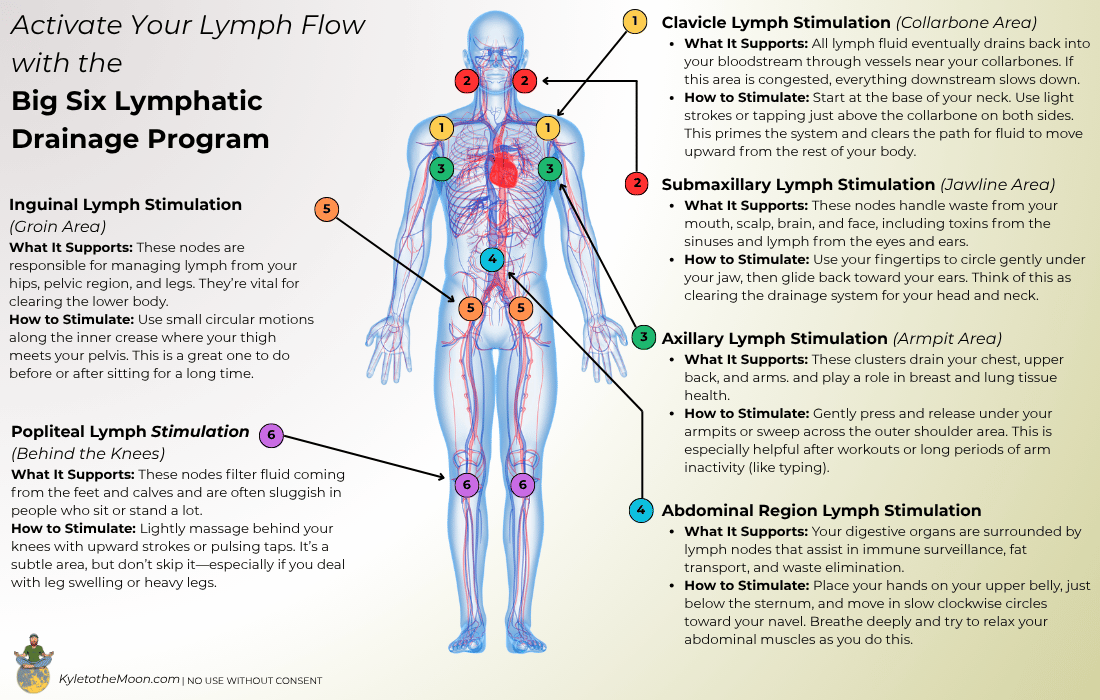
This method, developed by Dr. Perry Nickleston (a.k.a. Stop Chasing Pain), targets six critical clusters of lymph nodes. Stimulating these areas in sequence helps reset lymphatic flow. According to Nickelston, these areas are located around the body’s major joints to promote movement-driven drainage and immune activation.
Nickelston emphasizes that movement of lymph always flows toward the collarbone—the drainage point into the circulatory system. While order can vary, he often recommends starting from the top and working down, to reduce pressure and promote optimal fluid return.
Use your fingers with light, circular motion or gentle pulsing taps. You can experiment with pressure (light or slightly deeper), speed (slow or fast), and rhythm, but never press hard enough to cause pain. Each area should be stimulated for about 20 seconds.
Collarbone area (both sides): Lightly rub or tap just above your clavicle. This is where lymph re-enters the bloodstream—everything drains here eventually.
Jawline/neck: Behind the angle of the jaw and down along the side of the neck. These nodes manage drainage from the head and sinuses.
Shoulder/armpit: Massage just beneath the armpits and around the shoulder joint—key areas for upper body and breast lymph.
Abdomen: Rub gently in circular motions from sternum to navel. This activates lymphatics around the gut and liver (home to much of the immune system).
Groin/inguinal region: Located at the top inner thigh, these nodes drain the lower body. Stimulate gently with upward circular motions.
Behind the knees: These nodes help manage lower leg lymph return—especially important after sitting or long travel.
Do this series morning and night, especially before movement like walking, rebounding, or sauna sessions. Nickelston describes this as a “pre-movement warmup” that enhances both lymphatic and circulatory flow, primes proprioception, and helps reduce systemic inflammation.
It takes less than five minutes, and the effects can be profound, especially when combined with hydration, movement, and breathwork. Nickelston himself resolved years of autoimmune issues and chronic infections through consistent lymphatic activation, calling it the biggest health breakthrough of his life.
Follow along with the Big 6 Lymph Reset massage:
Nutritional Support
Bitters: Help support bile flow, which is closely connected to lymphatic flow
Vitamin C and zinc: Boost immunity and lymphocyte production
Greens and herbs: Dandelion, cleavers, red clover, burdock root
Healthy fats: Needed for proper lymph transport from the gut (save 10% on grassfed beef tallow with code “TOTHEMOON”)
Chlorophyll and spirulina: Alkalize the system and support detox
Additional Tools That May Help
If you’ve already got the basics covered—hydration, breathwork, movement—these next-level tools can help take your lymphatic health even further. They’re especially useful when you feel like your body needs an extra push to get things moving or you’re navigating a period of higher toxic load.
1. Traditional Sauna
There’s something primal, and profoundly healing, about sitting in a traditional sauna as heat slowly works its way into your body. Sweating is one of your body’s most effective natural detox tools. As your temperature rises, blood vessels dilate, circulation increases, and the lymphatic system kicks into gear, helping to shuttle waste toward your skin and out through your pores. The deep, rhythmic breathing that naturally happens in the heat also supports the diaphragm, one of the unsung heroes of lymph flow. Save $250 on the Firefly Spark Sauna Tent with code “TOTHEMOON”.
2. Castor Oil Packs
Applying castor oil to the skin and covering it with a cloth compress (typically on the abdomen, liver, or over lymph nodes) can enhance lymphatic drainage, support liver detoxification, and reduce inflammation. Many holistic practitioners recommend doing this nightly for 30–60 minutes, especially before bed. Look for high-quality organic castor oil (save 10% on the Queen of the Thrones organic, cold-pressed castor oil and castor oil packs with code “TOTHEMOON”).
3. Foam Rolling and Fascia Release
Lymphatic vessels are intertwined with fascia, the connective tissue that wraps around your muscles and organs. When fascia becomes stiff or restricted, lymph flow can suffer. Foam rolling or using tools like massage balls can loosen adhesions, relieve tension, and increase fluid mobility through these tissues. Aim for 5–10 minutes daily, focusing on areas like the calves, quads, and back.
4. Red Light Therapy
Low-level laser or red light therapy may help reduce inflammation and support lymph microcirculation. It’s especially useful for facial swelling, sinus issues, and post-exercise recovery. Devices range from full-body panels to small handheld units. Consistency (daily or 3–5x per week) is key for results.
5. Trampoline Rebounding
Rebounding on a mini-trampoline offers a low-impact way to stimulate lymph movement, especially in the lower body. The gentle gravitational shifts help open and close lymphatic valves. Even 5–10 minutes a day of light bouncing (not jumping) can make a big difference, particularly for people who sit for long hours.
6. Epsom Salt Baths
Magnesium sulfate (Epsom salt) baths not only relax sore muscles but also draw out toxins and encourage circulation through the skin and lymph. Soaking in a warm bath with 1–2 cups of Epsom salt for 20–30 minutes a few times per week can be both therapeutic and deeply calming.
7. Vibration Plates
Whole-body vibration plates—when used properly—stimulate muscles and the lymphatic system simultaneously. Standing or doing gentle exercises on a vibrating platform can promote lymphatic drainage, increase circulation, and support mobility in as little as 5 minutes per session.
Each of these tools can be used on its own or layered together depending on your routine, budget, and needs. The key isn’t doing them all at once—it’s doing at least one or two of them consistently to support your body’s natural rhythm of detox and regeneration.
A Final Word: Trust Your Body, But Don’t Ignore the Clues
Your lymphatic system isn’t just a side character. it’s central to everything from brain function to heart health to chronic pain management. Research increasingly links lymphatic stagnation to cognitive decline, neuroinflammation, and even cardiovascular backup due to fluid pressure dysregulation.
Dr. Nickelston describes the lymphatic network as the body’s hidden plumbing, interwoven with the blood vessels, interstitial fluid, immune signaling, and even hormone transport. When one part of the network backs up, the whole network feels it.
He calls the lymph nodes “mini toilets” that trap and kill harmful pathogens and tag them for immune destruction. When this system slows, waste and inflammation accumulate, often leading to pain, puffiness, and fatigue.
If you’re doing everything “right” but still feel like something’s stuck? Check your lymph.
And if nothing else, go for a walk, breathe deep, drink some mineral water, and maybe bust out that dry brush. Simple, ancestral, and powerful.

